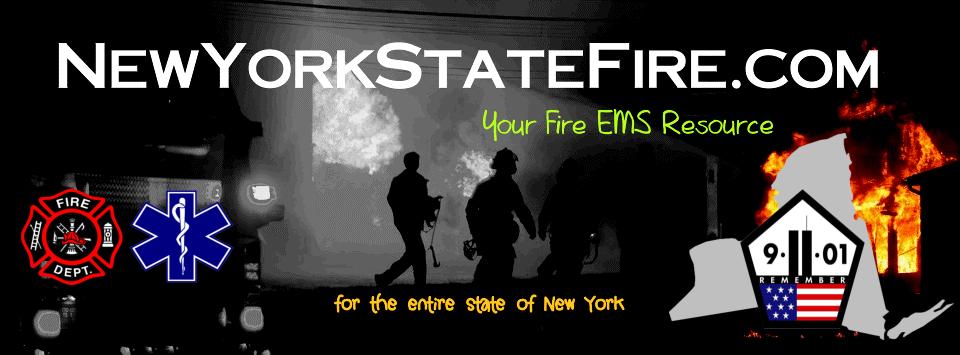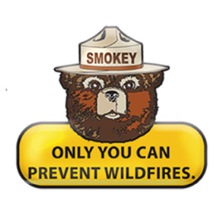 |
|
|
|
|
|
|
|
|

|

photo by West Corners Fire Department |

photo by Highland FD |
|

photo by Town of Clifton Park |

photo by Keeseville FD |

photo by Corning Joint Fire District |
|

photo by Freeport Fire Department |

photo by Harriman Engine Company |

photo by Slingerlands FD |
|

photo by Fuller Road VFD |

photo by Selkirk Fire Department |
Financial and other assistance
New York residents with wildfire damage may be eligible for FEMA assistance to help cover costs such as paying for essential items, finding a place to stay, replacing personal property, or making basic home repairs. You can apply:
Online by visiting https://www.disasterassistance.gov
By calling 1-800-621-3362
Through the FEMA App
If you have insurance, file a claim as soon as possible and be ready to provide your coverage information when applying to FEMA.

If you have any information to add to this section, please email us at support@gumsnroses.com |
|
|
|
 |

|
 |

|

|

|

|

|

|

|

|

|

|

|

|

|

|

|

|

|
|
|
|
|

photo by Community Fire Rescue Department 24 |

photo by New York Air National Guard |

photo by Five Mile Point Fire Company |
|
|
|
|
| Wildfire Occurrence |
According to Forest Rangers Division wildfire occurrence data from 2010-2024 (PDF), wildfires in New York State are caused by the following.
Lightning is responsible for 5%
Debris burning accounts for 22%
Incendiary fires account for 13%
Campfires cause 28%
Children are responsible for 2%
Smoking, equipment, railroads, and miscellaneous causes contribute to the remaining 30% of wildfires.
Beginning in 2010, New York enacted revised open burning regulations that ban brush burning statewide from March 15 through May 15, a period when 48% of all fire department-response wildfires occur. Forest ranger data indicates that this new statewide ban resulted in 45% fewer spring wildfires caused by debris burning in upstate New York from 2010-2024 when compared to the previous 15-year average. Debris burning has been prohibited in New York City and Long Island for more than 40 years.
|
| Annual Spring Burn Ban |
|
March 16th - May 14th
|
| Wildland Fire Management in New York |
|
New York state is 30.9 million acres in size with 18.9 million acres of non-federal forested lands. In addition, there is an undetermined amount of open-space non-forested lands with wildfire potential. New York has experienced many large wildfires throughout its history. Due to its temperate climate and forest types, wildfires do not occur as regularly as they do in areas of the United States with a more arid climate. Wildfire risk varies with seasonal changes in forest fuels, and it is primarily weather driven. The period in the spring after snow melt and before green-up in generally when the largest fires occur due to cured grass and forest fuels rapidly becoming available to burn during dry periods with low relative humidity. High winds also frequently occur during spring weather patterns that aid to drive fire spread. During years of extended drought, wildfires occur during the mid to late summer months presenting as ground fires in the dry organic matter on the forest floor or as surface fires burning dried woody material such as downed trees and branches. The state generally sees another spike in fire activity in the fall as cured grasses and leaf drop make fine fuels available again during periods of low relative humidity and drought. These fires can be very intense, and may threaten nearby homes, businesses, or improvements, thereby becoming a wildland-urban interface fire.
|
| Prescribed Fires |
|
Not all fires are negative events. Prescribed fire is a tool used to manage fire dependent ecosystems in a manner that develops a resilient natural balance of fire in the desired vegetation. These fires are regulated by law and regulation and require technical expertise to conduct the burns safely.
|
|
|
 |
|
|
